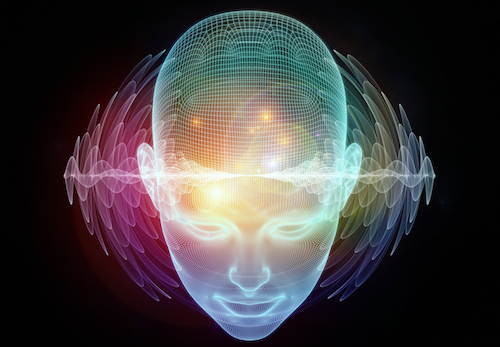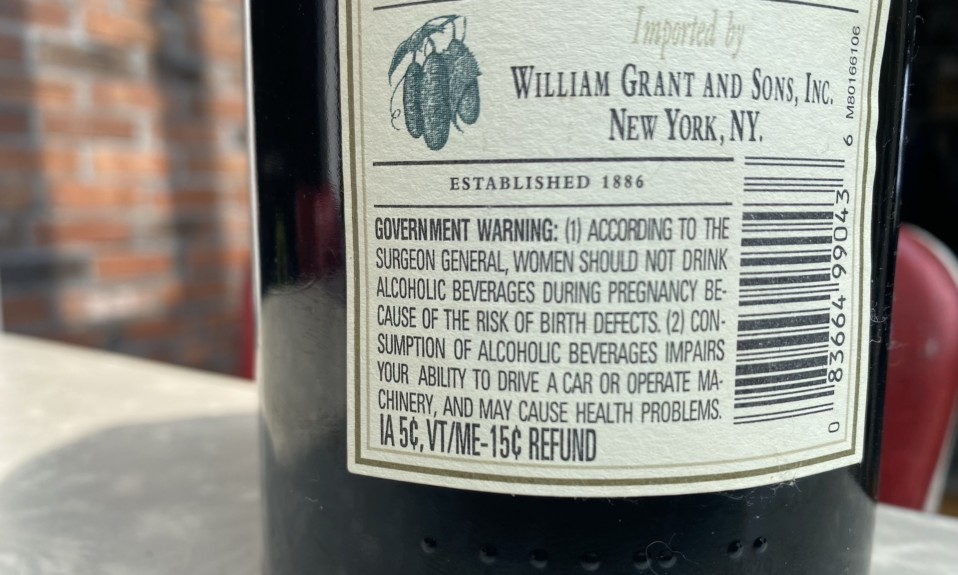Plus: Opioids and chronic pain; the benefits of contingency management; and the toll parental alcohol misuse takes on kids
By William Wagner
In the seemingly never-ending battle against tobacco addiction, there’s a potential breakthrough: non-invasive brain stimulation (NIBS). Other topics of interest this week include a study on the widespread use of prescription opioids to manage chronic pain, a report that confirms the efficacy of contingency management in treating opioid use disorder (OUD), and a data-intensive analysis of the risks associated with being the child of a heavy drinker.
Non-invasive brain stimulation (NIBS) methods such as repetitive transcranial magnetic stimulation (rTMS) and transcranial direct current stimulation (tDCS) are promising treatments for nicotine dependence.”
—study in “Addiction”
From Addiction:
A Remedy for Tobacco Addiction?
Researchers increasingly have been encouraged by the ability of NIBS to reduce nicotine cravings, and a review of 12 clinical studies, published this month in Addiction, indicates that their optimism is justified. NIBS is a set of techniques used to excite particular regions of the brain with subtly applied electrical currents and thus alter behaviors. So far, NIBS mainly has been used to treat mood disorders. With tobacco addiction, NIBS appears to be effective in counteracting the brain activity that causes the body to cry out for nicotine. “Non-invasive brain stimulation (NIBS) methods such as repetitive transcranial magnetic stimulation (rTMS) and transcranial direct current stimulation (tDCS) are promising treatments for nicotine dependence,” the authors write in their review.” Importantly, NIBS was well tolerated by the participants in the trials, with no significant side effects.
From the National Health Statistics Reports:
More than 20% of U.S. Adults with Chronic Pain Use Opioids
It’s a conundrum for physicians: How do they treat patients for chronic pain without potentially getting them hooked on opioids? The answer remains elusive, as suggested by newly analyzed data from the Centers for Disease Control and Prevention (CDC). In 2019, according to the CDC publication National Health Statistics Reports, 22.1% percent of U.S. adults with chronic pain reported using prescription opioids during the previous three months. Among the findings: Women were more likely than men to manage chronic pain with prescription opioids (24.3 vs. 19.4%), and usage was more prevalent among the unemployed than the employed (27.8 vs. 15.2%). Overall, the numbers are concerning to healthcare professionals. “Chronic pain is a pervasive health condition affecting as many as one in five adults. … Prescription opioid use in the context of chronic pain management is associated with increased risk of misuse, addiction, morbidity, and mortality,” the report states.
From JAMA Psychiatry:
Contingency Management Works
A new report out of the University of Vermont validates the use of contingency management, a rewards-based addiction treatment approach, for patients receiving medication for OUD. The conclusions are based on a meta-analysis of 74 clinical trials and 10,444 adults who were being administered OUD medications. The investigators write in JAMA Psychiatry that their work illustrates the need to expand the availability of contingency management: “The results support a position that policy makers … should make concerted efforts to support broad dissemination of contingency management to the many community clinics throughout the US currently struggling with the challenges of the opioid crisis, especially concomitant psychomotor stimulant use among patients taking MOUD [medication treatment for opioid use disorder].”
From the Journal of Studies on Alcohol and Drugs:
The Vulnerability of Children of Heavy Drinkers
Being the child of a heavy drinker can lead to any number of unfortunate outcomes, including mental illness and criminal behavior. Such are the findings of researchers from the U.S. and Denmark who combed through PubMed/MEDLINE, EMBASE and PsycINFO databases and screened almost 6,000 medical records. Their work builds on a battery of research on the damage excessive alcohol use does to families.
Image: Shutterstock













